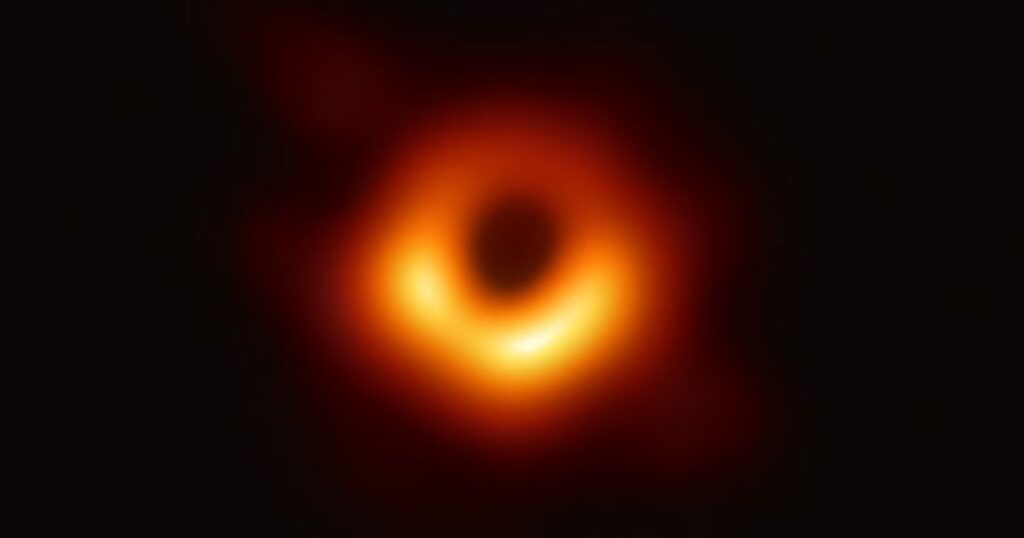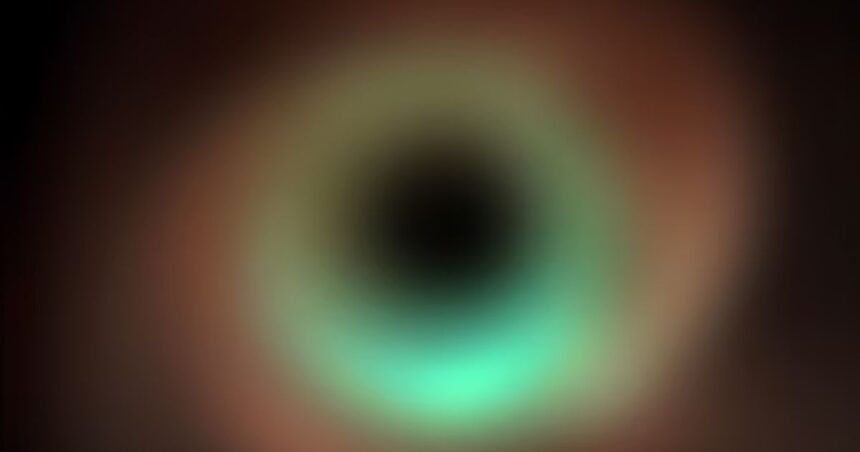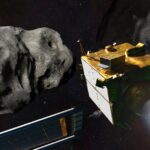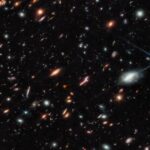Scientists achieved immense success by capturing the highest-resolution image of black hole from the surface of Earth. This image was captured by EHT (Event Horizon Telescope) in collaboration with the Atacama Large Millimeter/submillimeter Array (ALMA). They detected light from distant galaxies at a frequency of 345 GHz.
What is a Black Hole?
A Black Hole is a place in spacetime where gravity is so strong that even light can not escape it. Basically, black holes are not holes at all; instead, they are huge matter packed in a very small place.
The nearest black hole to our Earth is Gaia BH1, which is about 1,500 light-years away. The farthest detected black hole is at the center of galaxy QSO J0313-1806, 13 billion light-years away from Earth.
Previously captured image of Black Hole
EHT and ALMA previously captured images of black holes at the center of galaxy M87 and our Milky Way black hole, Sagittarius A* (Sgr A*). But now, they are capable of taking images of black holes 50% more detailed than was possible before.

First, images of black holes are detected by using radio waves at the 1.3mm wavelength but obtained images show blurry light ring which is formed by light bending due to its immense gravity those images are not sharp.
Now, they are using a 0.87 mm wavelength, which will give sharper and more detailed images and increase the possibility of revealing new properties of black holes.
Cosmic Lens
EHT (Event Horizon Telescope) created a huge virtual telescope it uses uses very-long-baseline interferometry (VLBI) and links radio dishes across the globe.
They used telescopes of ALMA and the Atacama Pathfinder EXperiment (APEX) in Chile, the IRAM 30-meter telescope in Spain, the NOrthern Extended Millimeter Array (NOEMA) in France, the Submillimeter Array (SMA) on Mauna Kea in Hawaiʻi, and the Greenland Telescope.

At a frequency of 345GHz, the EHT achieved what seemed impossible: it captured ultra-sharp images of black holes. With this technological advancement, existing black hole images are about to get 50% sharper.
Beyond Black and White
Previously captured images were black and white and can’t distinguish gravitational effects and magnetic fields. But now EHT’s newfound “multicolor vision” allows us to distinguish Einstein’s gravitational effects from the swirling hot gas and magnetic fields around black holes.
Scientists from the Center for Astrophysics | Harvard & Smithsonian (CfA) unveiled their findings in The Astronomical Journal. Dr. Alexander Raymond, formerly of the CfA and now at NASA’s Jet Propulsion Laboratory, explains, “At 345 GHz, our images will be sharper and more detailed, revealing predicted and unexpected properties.




